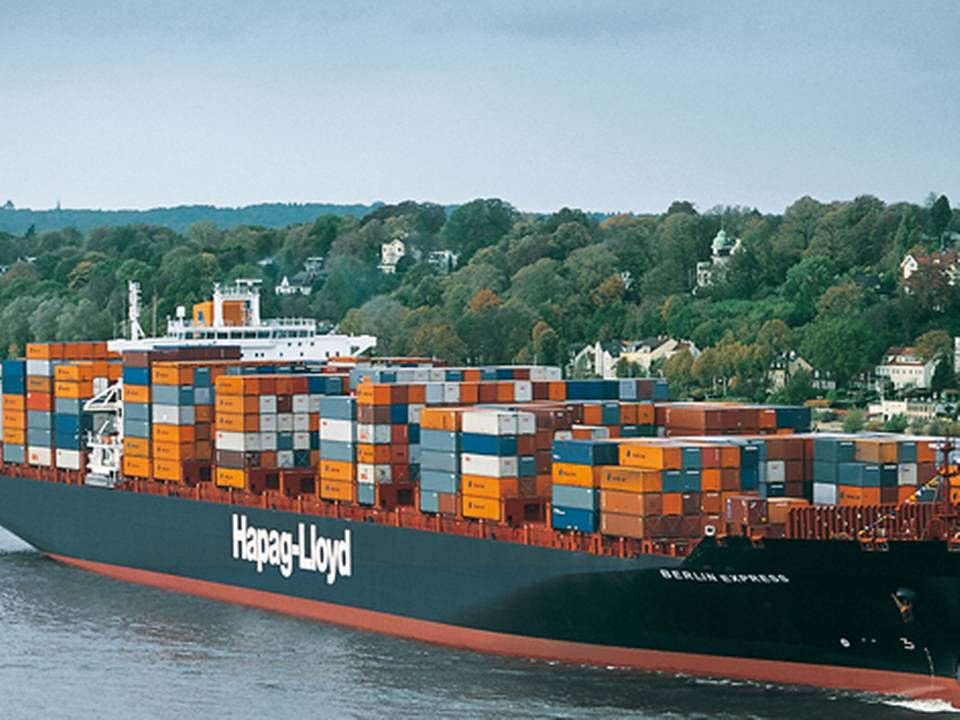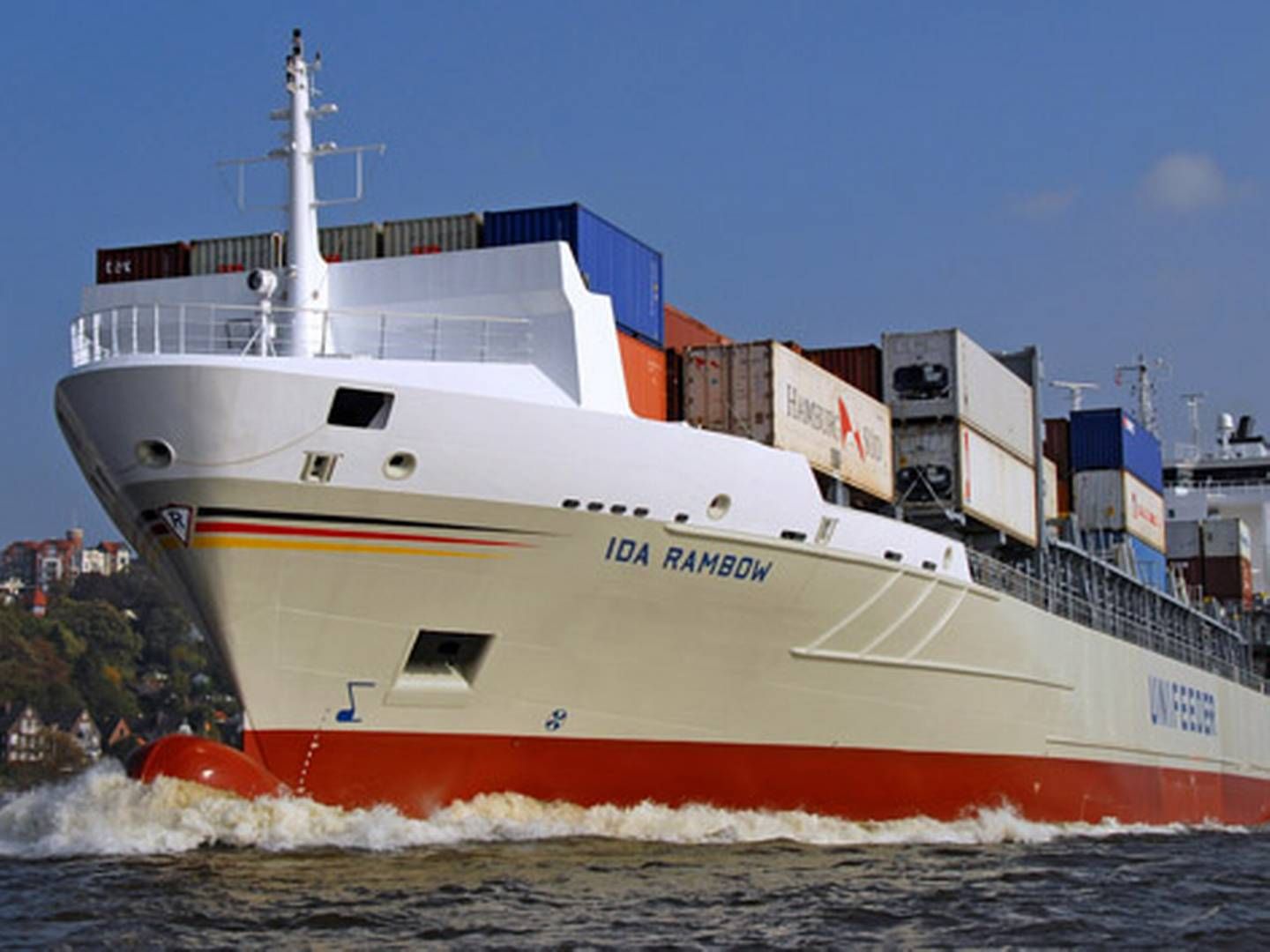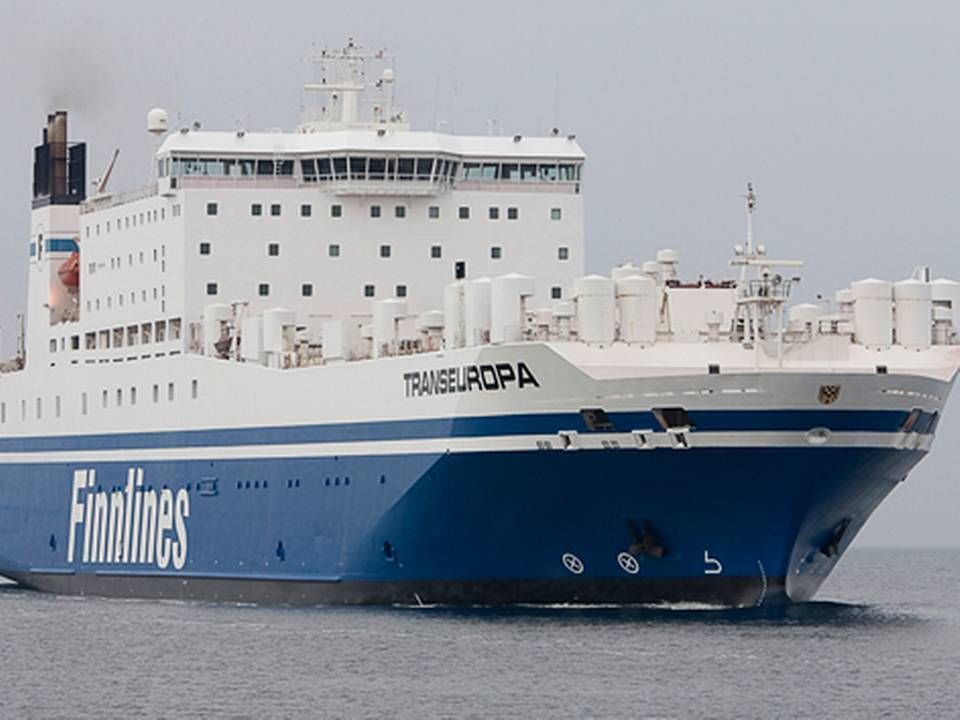Maersk Line preparing sulphur surcharge from 2015
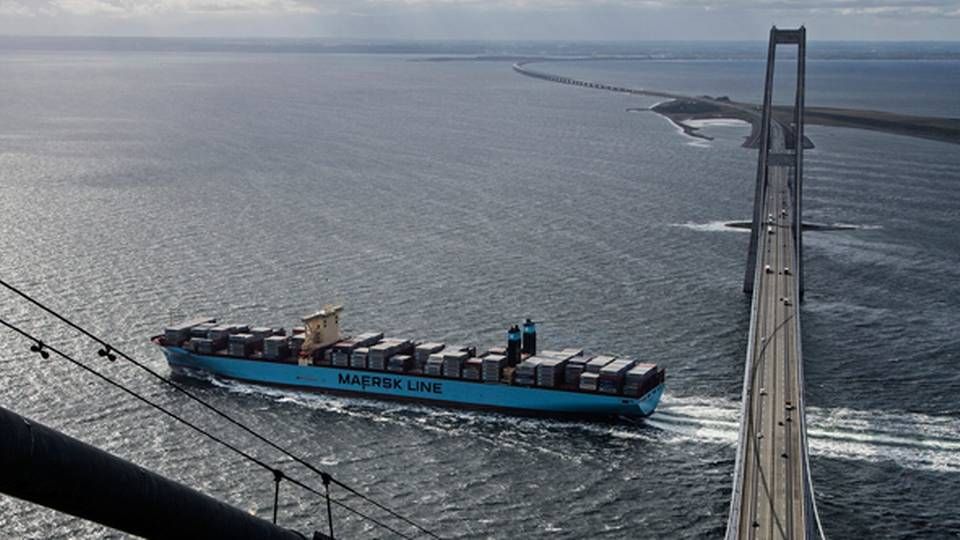
The increased requirements for ships' fuel that are coming into force on January 1st 2015 in the Baltic Sea, the North Sea, and the English Channel, aimed at reducing sulphur content in the fuel from 1.0 percent today, down to 0.1 percent, will cost Maersk Line a triple-digit million dollar figure, says Niels Bruus, Head of Operations at Maersk Line, which - like many other carriers - plans to switch to the low sulphur, but much more expensive fuel oil when operating in coastal regions in Northern Europe, starting next year.
The price of Marine Gas Oil with a 0.1 percent sulphur content is expected to be around USD 900 per ton - approximately 50 percent more than what the carriers pay for for regular fuel today.
Niels Bruus tells ShippingWatch that he estimates that around 5-10 percent - or between 450,000 to 500,000 tons - of the shipping company's total fuel purchases per year will be the expensive low sulphur fuel oil, but he stresses that the figure is surrounded by a great deal of uncertainty.
Hong Kong preparing new sulphur regulations
"These are round numbers and they haven't been confirmed yet. It's difficult to calculate the exact extra cost, but we expect to use around 450,000 tons a year, or around seven percent of our total purchases. So it's going to result in an additional surcharge," says Niels Bruus.
The Maersk Line statements concerning the volumes of low sulphur fuel from 2015 correspond to approx. USD 150 million per year in additional fuel costs.
Hapag-Lloyd's additional cost
The uncertainty surrounding the extra cost is stressed by Hapag-Lloyd, which is probably the only major container carrier so far to have warned its customers about about the additional cost, and the German container carrier has introduced an LSF surcharge - Low Sulphur Fuel.
In December 2013 Hapag-Lloyd CEO Michael Behrendt stated that the shipping company, from January 1st 2015, expects an additional cost of 150-200 million euros per year, or as much as USD 270 million based on the current oil price. This is significantly more than the extra cost anticipated by Maersk Line, even though the latter carrier is 3-4 times bigger than Hapag-Lloyd, measured by transported volumes.
Fuel in SECA zone will be 50 percent more expensive
Niels Bruus declines to comment on the statements from Hapag-Lloyd, and according to ShippingWatch's sources the German carrier is also puzzled that no other carriers seem to have informed the market about the significant additional cost that is set to hit the market will full force in less than 11 months. In California on the US West Coast, the 0.1 percent sulphur content requirements came into effect from January 1st 2014.
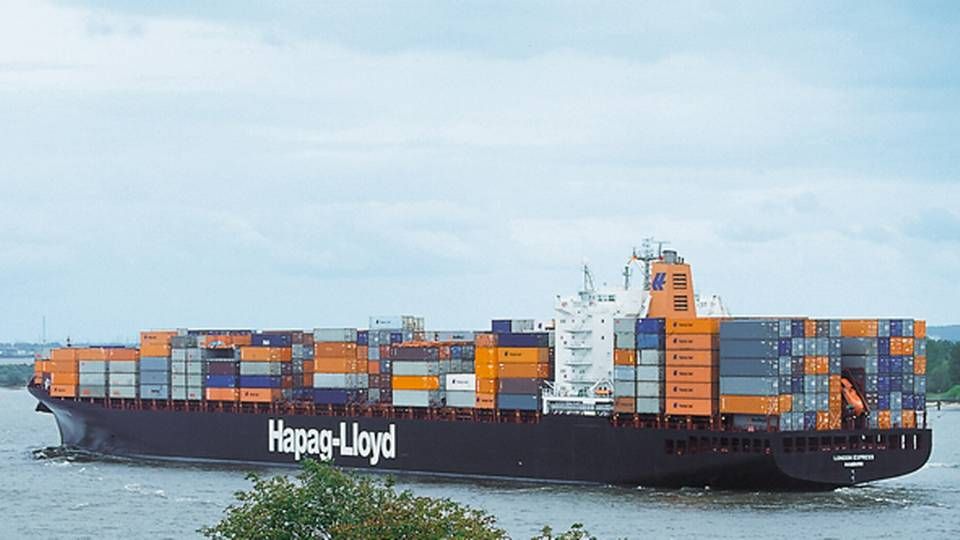
On December 23rd 2013 Hapag-Lloyd informed its customers that the carrier, as a consequence of the increased sulphur regulations in California, would revise its LSF surcharge on routes to and from the US West Coast and ports on Canada's west coast, and that the revised surcharge - effective from February 1st 2014 - would be USD 45 per teu to and from Northern Europe, USD 56 per teu to and from the Mediterranean, and USD 51 teu to and from Latin America.
Contracts in 2015
"We're surprised that so few have made announcements concerning these consequences, especially seeing as the contract negotiation season for the US is starting now. And as the annual contracts for the major US customers will typically run from May 1st 2014 to May 1st 2015, these contracts apply to a considerable part of 2015. So we're not looking at a situation that concerns something one year into the future. We're looking at just a few months," a Hapag-Lloyd source told ShippingWatch recently.
Bill on the way
Niels Bruus explains that Maersk Line is currently "evaluating the matter":
"We expect to make an announcement in the near future."
About how much such a surcharge would amount to?
"That's what this is about. And we want to inform our customers how we're approaching this, and what's involved," says Niels Bruus.
Like other carriers, Maersk Line does not currently believe that there is any real alternative to the more expensive low sulphur fuel.
"There are real alternatives in scrubbers (exhaust cleaning systems) and LNG, but as things are now these solutions aren't viable. Scrubbers on bigger container ships are right now difficult to imagine as viable retrofitting (upgrade). But that being said, we're closely monitoring the development of both technologies, and other alternatives as well. The problem is also that we have to be covered by a certain volume when we trade Low Sulphur Fuel, and right now we don't see any alternatives here," says Niels Bruus.
Lack of control
Maersk has used harsh words to encourage authorities in countries bordering the emission control areas to increase the control checking to see whether ships use the correct fuel. And this control, according to data from the EU Commission, has been extremely inadequate since 2008, when the 1.0 percent sulphur regulation came into force.
Maersk calls for increased fuel control
Container analyst Lars Jensen, CEO and partner at SeaIntel, believes that the lack of controls could develop into a huge problem, and that it could move freight volumes away from carriers such as Maersk Line and Hapag-Lloyd and onto other carriers that have not introduced low sulfur fuel surcharges, as the risk of being caught using the wrong fuel is extremely limited.
"If the EU countries bordering these regions in the North Sea and the Baltic Sea don't start to drastically increase their controls, cheating will become too attractive a business. Then we'll have a situation where cargo is transferred to carriers that don't comply with the regulations. And that goes directly against the intentions of introducing the tighter sulphur requirements," says Lars Jensen.
Sulphur regulations cost Hapag-Lloyd up to USD 270 million
Customers pay the bill for tighter sulphur regulations

